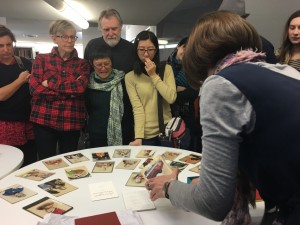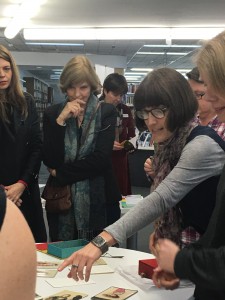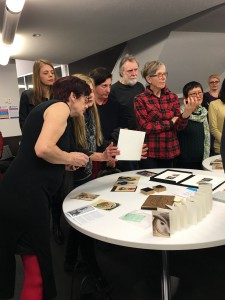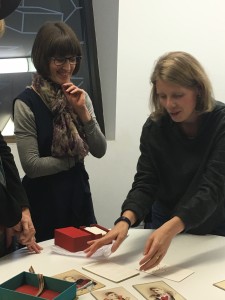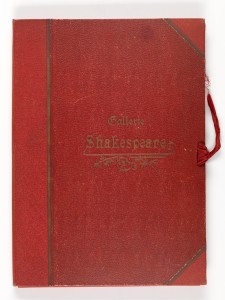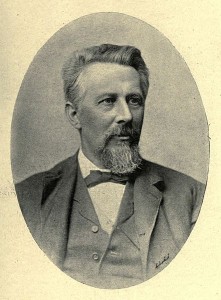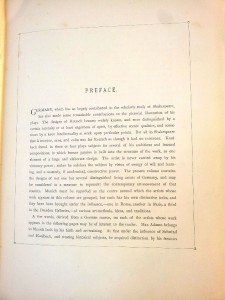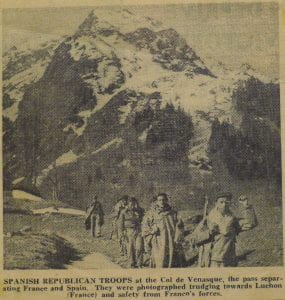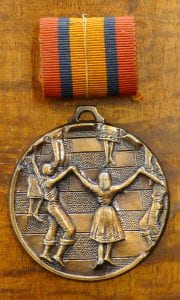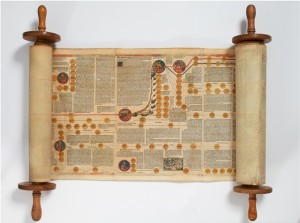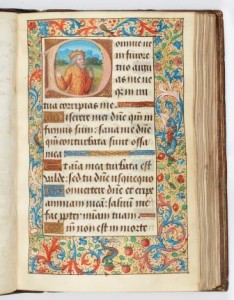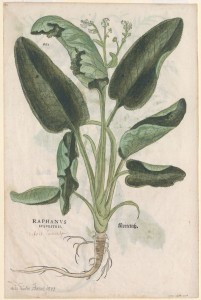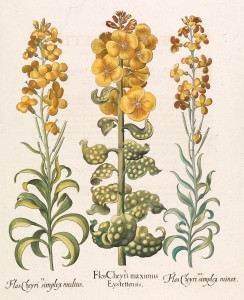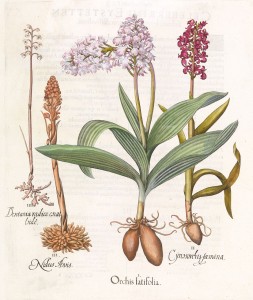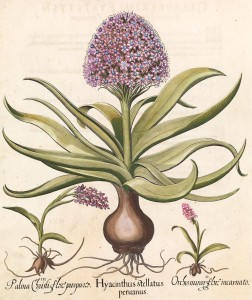Artists’ books holding us in their palm
As part of Rare Book Week and the Artists Book Makers series, Gracia Haby and Louise Jennison gave a session at the Lenton Parr Library at the South bank campus, showing their beautiful artists books and talking about their collaboration and processes. Special Collections holds a collection of their books, part of the wider Book Arts Collection, which are available to view in the Reading Room in the Baillieu library. They are all catalogued on the Library catalogue. Here are some photos of the event.
